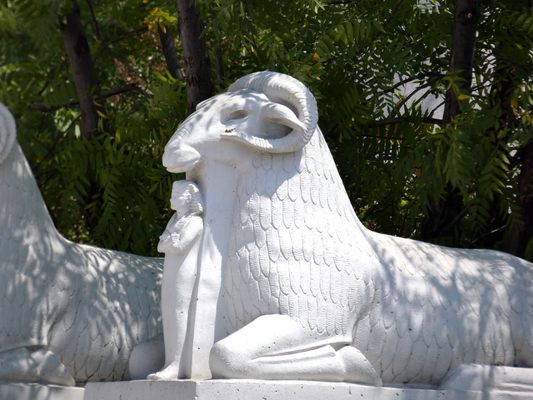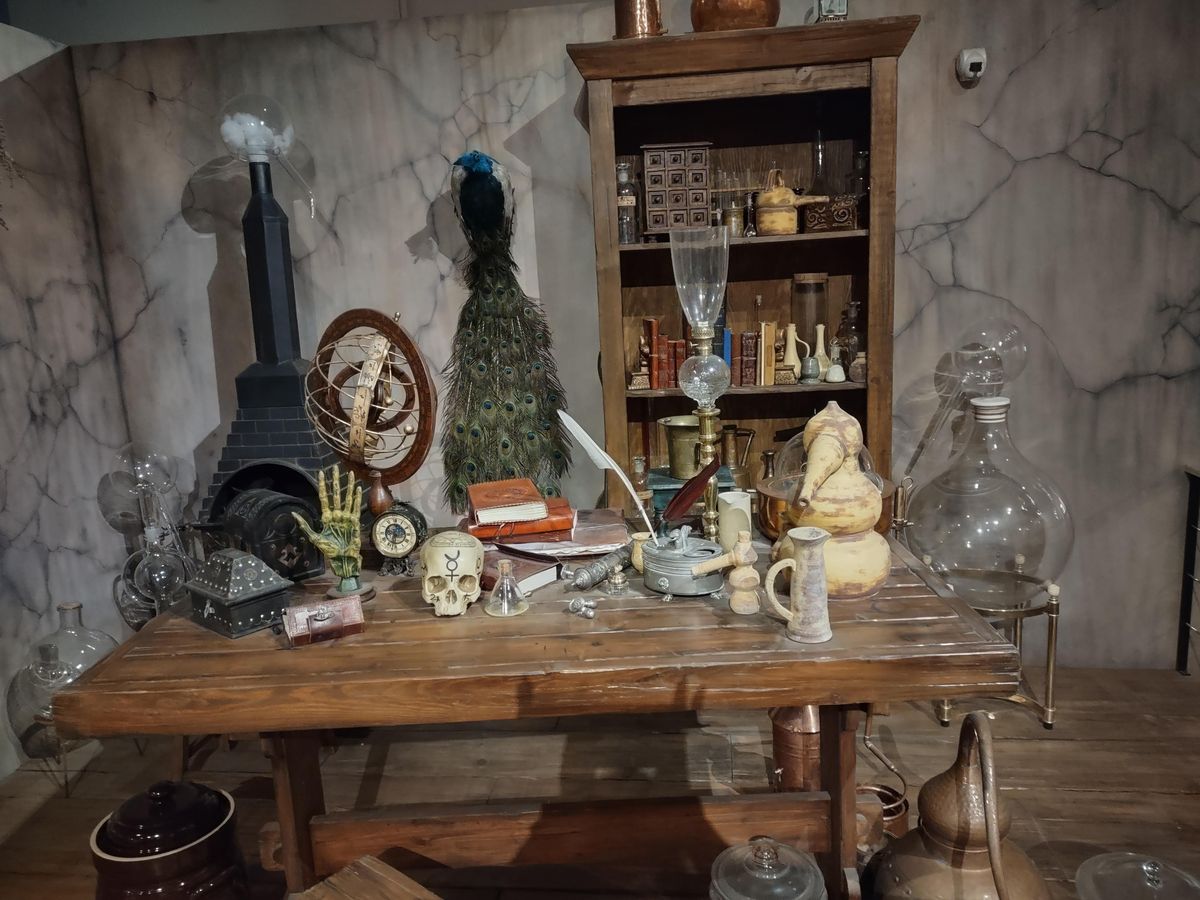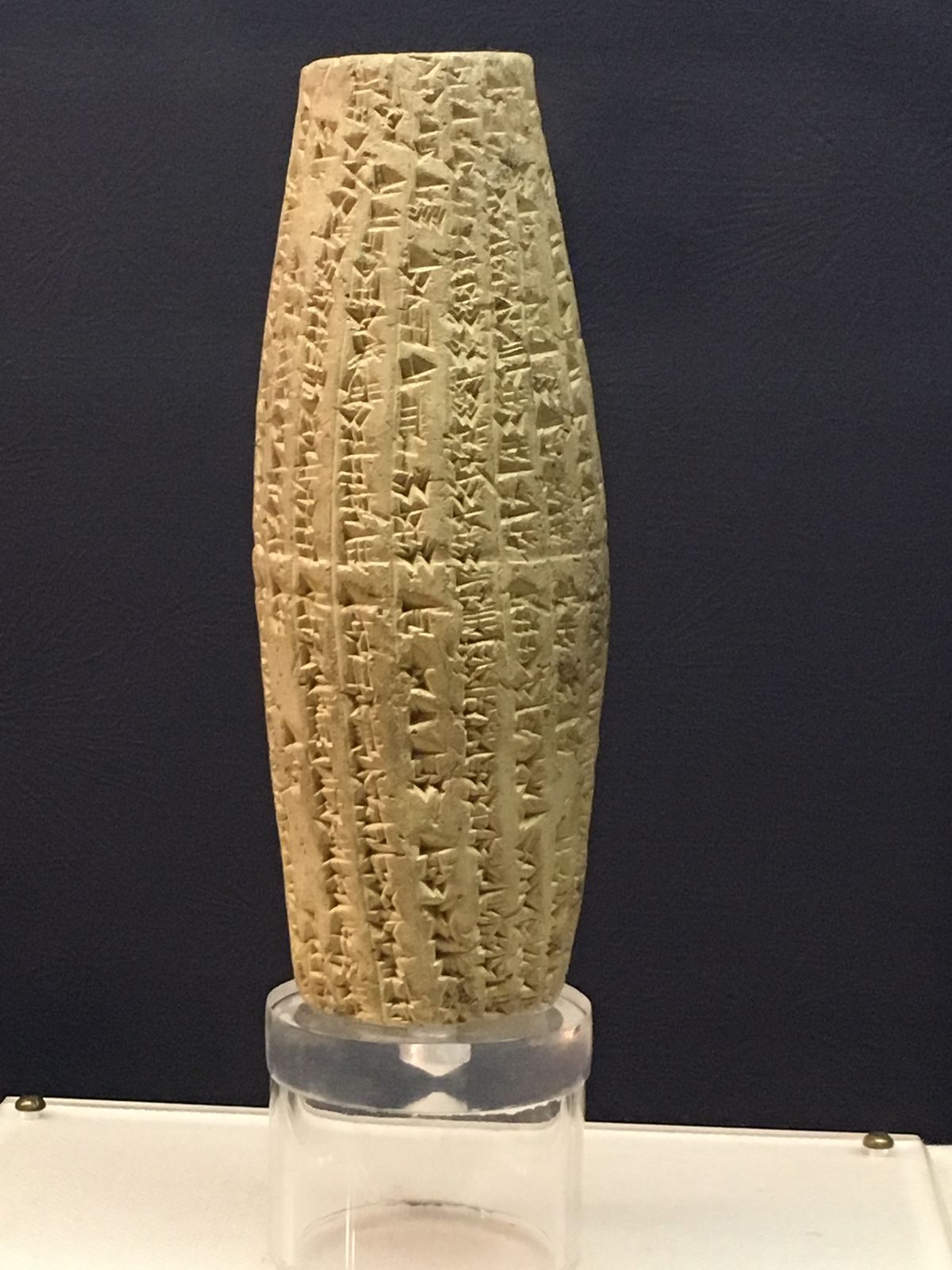About
The largest collections of mummies and Egyptian artifacts on the West Coast is tucked into a residential area of San Jose, across the street from the Hoover middle school. Founded by the Rosicrucian Order during the heyday of Egyptomania, the collection was assembled between 1915 and 1927, and the museum established in 1928. A new Egyptian-inspired building was designed to house the collection in 1966.
Located next to the Order's headquarters and their Egyptian-themed Peace Park, the Rosicrucian Egyptian Museum also houses a planetarium and a research library. The museum itself is designed as a teaching museum, with information about Egyptian history and religion posted next to displays.
Most of the artifacts on display come from excavations financially backed by the Order at Tell el Amara in 1921, as well as from a 1939 "grand tour" of Egypt - which was also called a "shopping extravaganza." The museum houses 4,000 artifacts, several reproductions from collections elsewhere, and four human mummies under glass, not to mention mummies of cats, sharks, and baboons.
The Rosicrucian Order dates back to the early 1600s, when their first manifestos appeared in Germany. These manifestos claimed earlier origins in the 1300s, supported by elaborate stories of travels through the holy lands and the gathering of esoteric knowledge from distant mystics. The Order's beliefs are centered around a complicated philosophy combining elements of alchemy, Qabalistic thought, theosophy, and the occult, with most of the existing Order's groups originating in the 1800s and early 1900s.
The ties between the Rosicrucians and ancient Egypt go back to the Order's origin myth. According to their literature, the Order "has its roots in the mystery traditions, philosophy, and myths of ancient Egypt, dating back to approximately 1500 B.C. In antiquity, the word 'mystery' referred to a special gnosis, a secret wisdom."
Related Tags
Community Contributors
Added By
Published
August 12, 2009






























































